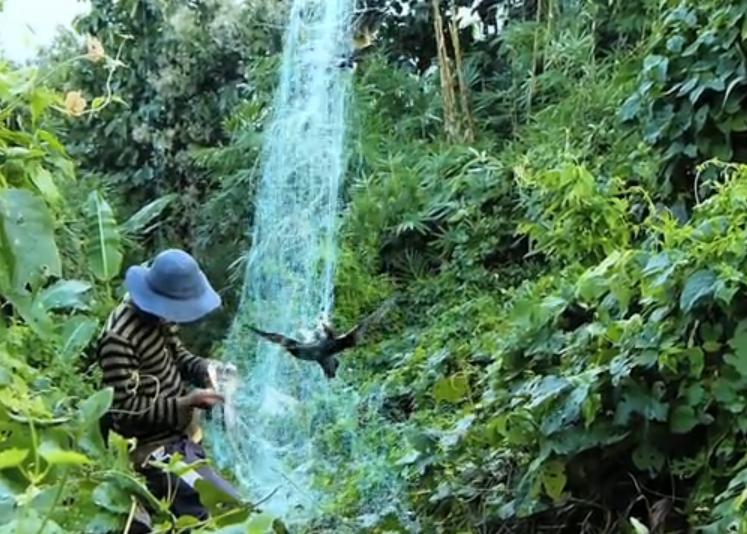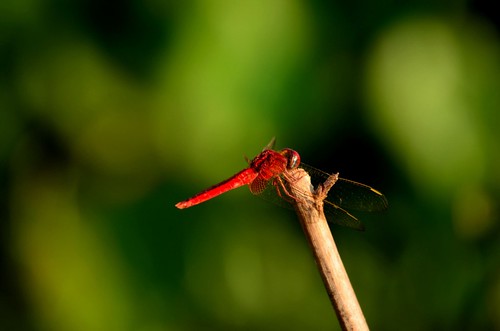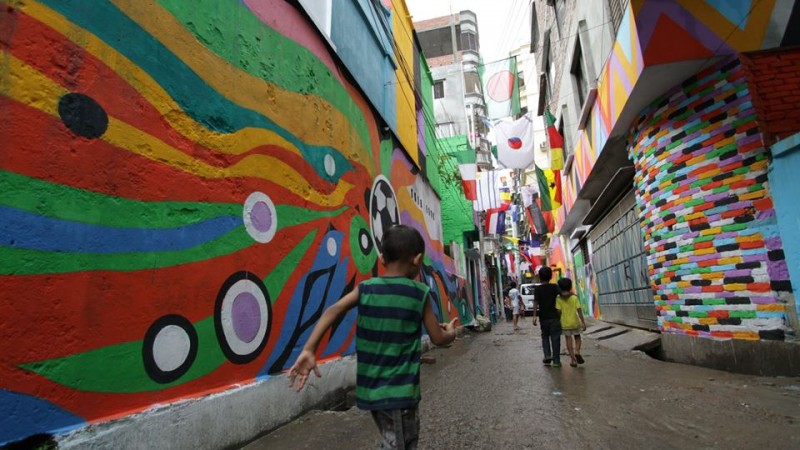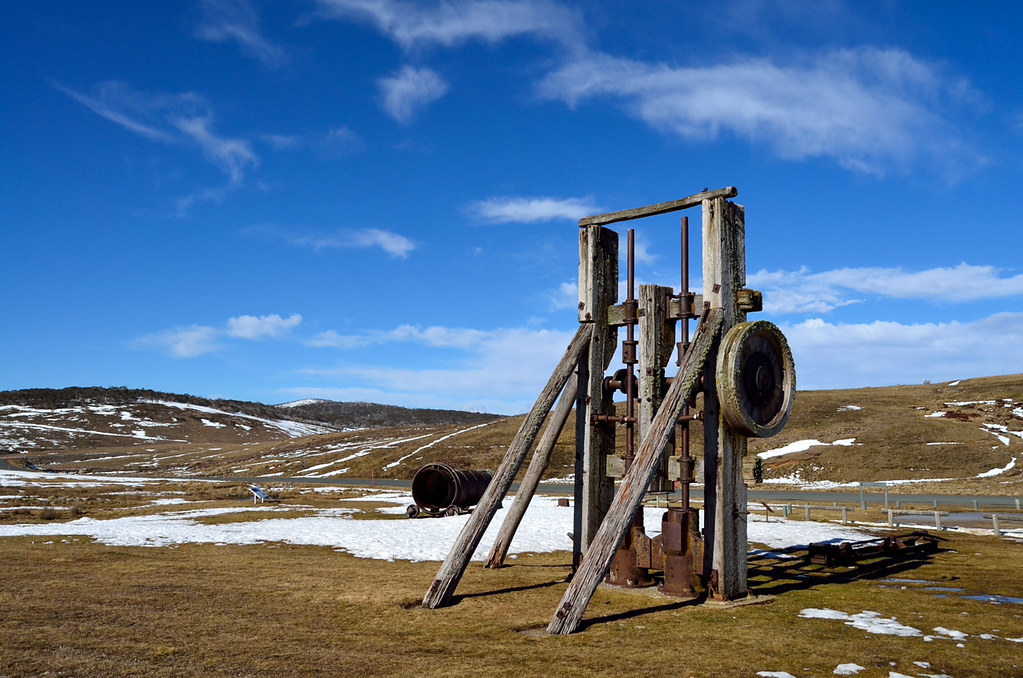Every year thousands of migratory
Amur falcons (
Falco amurensis) are hunted by locals in the Indian State of Nagaland during their passage through that region. The massacre was first documented on November 1, 2012, by Shashank Dalvi and Ramki Sreenivasan on the Indian online campaign site '
Conservation India' where they wrote that "a mind-boggling 120,000 to 140,000 birds are being slaughtered in Nagaland every year during their passage through the state."
Every October, a large numbers of Amur falcons arrive in northeast India and Bangladesh from Siberia en route to their final destination — Somalia, Kenya and South Africa. Amur falcons travel up to 22,000 km in a year, in one of the longest migration routes of all birds.
 |
| Amur Falcon (Falco Amurensis). Image by Alastair Rae, from Wikipedia. CC BY-SA |
Last month a group of activists (Ramki Sreenivasan from Conservation India, Shashank Dalvi, Bano Haralu, Rokohebi Kuotsu) travelled to Nagaland to check out information that thousands of falcons were being hunted annually on the banks of the Doyang reservoir during their passage through that region. They accompanied a hunting group and
documented the massacre:
The Amurs spend the day on the transmission wires (almost entirely inaccessible to hunters) and descend to forested patches along the banks of the reservoir to roost (see map). The hunters ruthlessly exploit this particular behavior and set-up huge fishing nets (30-40m long, 10-12m tall) all over the roosting sites.
Birds get caught in the nets in large numbers. These birds get tangled in the nets while they come to roost during late evenings or when they leave the roost early in the morning. The nets were permanent and the hunters come every morning to remove the trapped birds. The nets were observed over the entire roosting area giving virtually no safe area for the birds. Branches and paths were cleared to set up the nets.
Here is a video of the terrible proceedings (warning: graphic images):
from
Conservation India on
Vimeo.
Now the shocking figures:
Each hunting group had set-up at least 10 nets. On an average, 18 birds (18.30, n=23) were caught per net; hence each group catches about 180 birds per day. This was confirmed with interviews with hunters. We were also informed that about 60-70 hunting groups operate every day. This means during the peak migration about 12,000 to 14,000 birds are caught everyday.
Each bird is sold door-to-door in nearby villages as a fresh food for a price of about Rs. 25 ($0.5).
Reports say local villagers can earn a few thousand rupees by selling the smoked Amur falcons. It may be noted that Amur killing is illegal and banned by the local authorities since 2010.
This story went viral and news quickly spread around the world shocking many people. There were a number of
petitions online. Soon other popular sites like National Geographic
highlighted the issue and called for a global solution. National Geographic commented:
The local people filmed by Conservation India catching Amur falcons, breaking their wings, sorting them, smoking them, and trading in them, cannot possibly enjoy this annual activity and do this purely for money and trade goods.
 |
| Amur Falcons being extracted from the net by hunters. Screenshot from the video by Conservation India. |
Birdlife International wrote:
The recent trapping and slaughter appears to have been taking place on an ‘industrial scale’ and unless stopped will clearly have a devastating affect on the birds’ global population at these unsustainable levels.
The site also confirms that with the help of their advocacy the following happened:
The Honourable Minister (for environment and forests), Miss Jayanthi Natarajan personally intervened and The Indian Forest Department and District Administration also acted fast to destroy nets and release several still-captive falcons. The sale of falcons has now been stopped and at least one person has already been jailed.
However, hunters in Nagaland has defied the ban for many years and it may happen again in future if the behaviors of the local hunters are not changed. The Chief Wildlife Warden, Nagaland, Dimapur
stated in a press note:
Seizing and releasing of the birds from the possession of the offenders did not discourage them but rather, they resented and rebelled against the action taken and continued their offence.
The press note also talks about education and awareness campaign for the local villagers and stakeholders as a future course of action.
According to
latest news the State department of forest, ecology, environment and wildlife has directed district forest officers (DFOs) of Mokokchung, Zunheboto and Wokha districts to immediately ban the act of capturing and killing of Amur Falcon.
Bogdan Draganescu comments at the Conservation India post:
Just because these birds are numerous and are not on the verge of extinction, does not mean they are food for humans. animals should be respected not only as individuals but also as groups and societies. just as a flock of birds is. a living entity and a result of evolution of life. this is what we have to respect and conserve.
First Published in Global Voices Online.
































